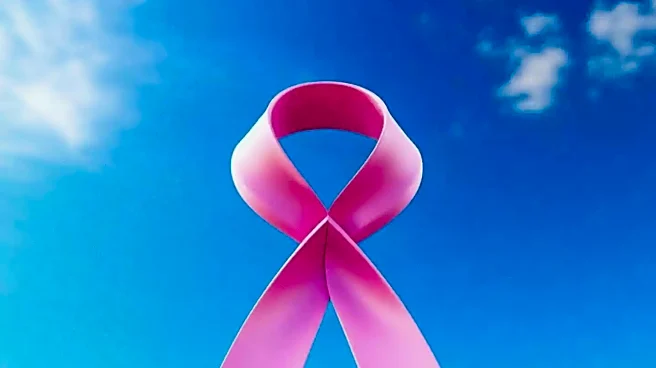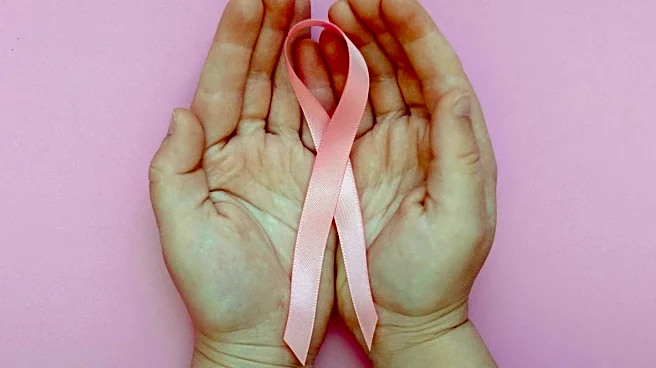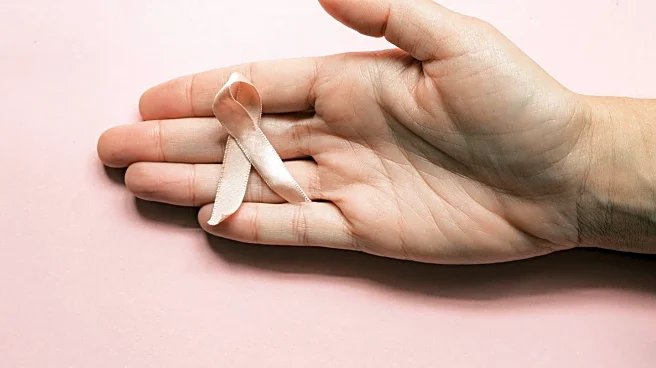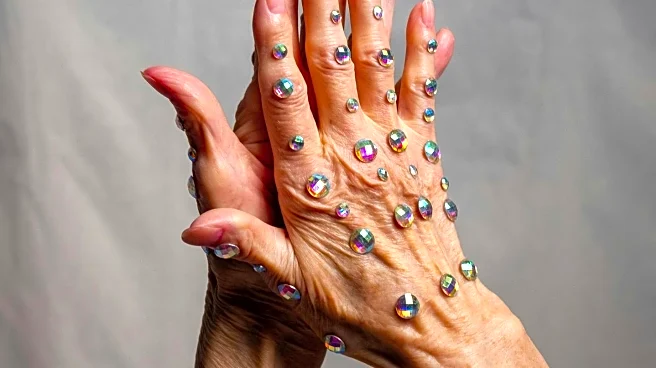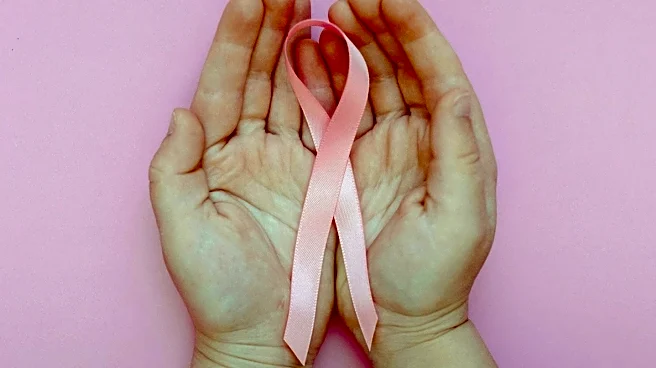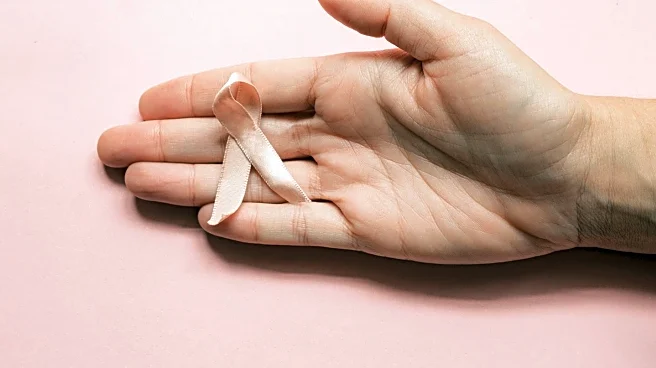What is the story about?
What's Happening?
October marks Breast Cancer Awareness Month, a time when the pink ribbon symbol becomes highly visible as a sign of courage and support. The pink ribbon campaign, initiated by SELF magazine and Estee Lauder in 1992, has evolved to include various forms of awareness, from lapel pins to illuminated skylines and sports uniforms. The month serves as a reminder to focus on breast health, encouraging individuals to adopt healthier lifestyles and undergo regular screenings. Key recommendations include limiting alcohol consumption, increasing fruit and vegetable intake, exercising regularly, and avoiding smoking and environmental pollutants. Mammograms are emphasized as the gold standard for breast cancer screening, with the American Cancer Society recommending annual mammograms starting at age 40. Women with higher risk factors are advised to consult their doctors about earlier screenings. Breast self-exams are also discussed as a method for individuals to familiarize themselves with their breast health, enabling early detection of any changes.
Why It's Important?
Breast Cancer Awareness Month plays a crucial role in educating the public about breast cancer prevention and early detection. By promoting lifestyle changes and regular screenings, the campaign aims to reduce the incidence and mortality rates associated with breast cancer. Early detection through mammograms and self-exams can lead to more effective treatment options and better outcomes for patients. The emphasis on personal advocacy and networking for healthcare recommendations empowers individuals to take charge of their health. This awareness month not only highlights the importance of individual health choices but also fosters community support and shared knowledge, potentially leading to increased funding and research for breast cancer treatments.
What's Next?
As Breast Cancer Awareness Month continues, healthcare providers and organizations are likely to increase their outreach efforts, offering educational seminars and free or discounted screening services. The heightened awareness may lead to more individuals seeking mammograms and engaging in discussions with their healthcare providers about breast health. Advocacy groups may push for policy changes to improve access to screenings and treatments, particularly for underserved communities. The month-long focus on breast cancer may also inspire new research initiatives and funding opportunities aimed at advancing treatment options and understanding the disease's underlying causes.
Beyond the Headlines
The cultural impact of Breast Cancer Awareness Month extends beyond health education, influencing fashion, sports, and media through the widespread use of the pink ribbon symbol. This visibility helps destigmatize discussions about breast cancer and encourages broader societal support for affected individuals. The campaign also raises ethical considerations regarding the commercialization of breast cancer awareness, prompting discussions about the balance between genuine advocacy and profit-driven motives. Long-term, the awareness efforts may contribute to shifts in public policy, prioritizing healthcare access and funding for cancer research.
AI Generated Content
Do you find this article useful?


